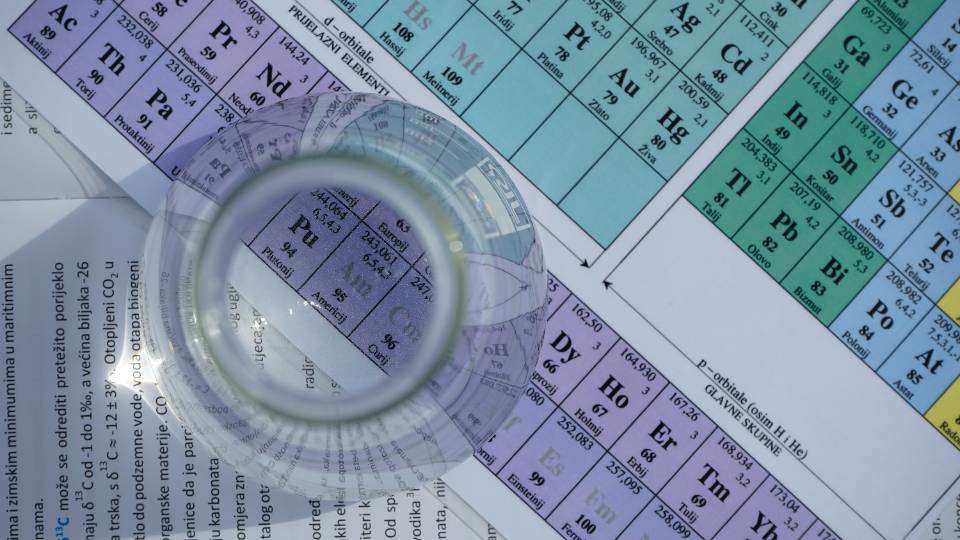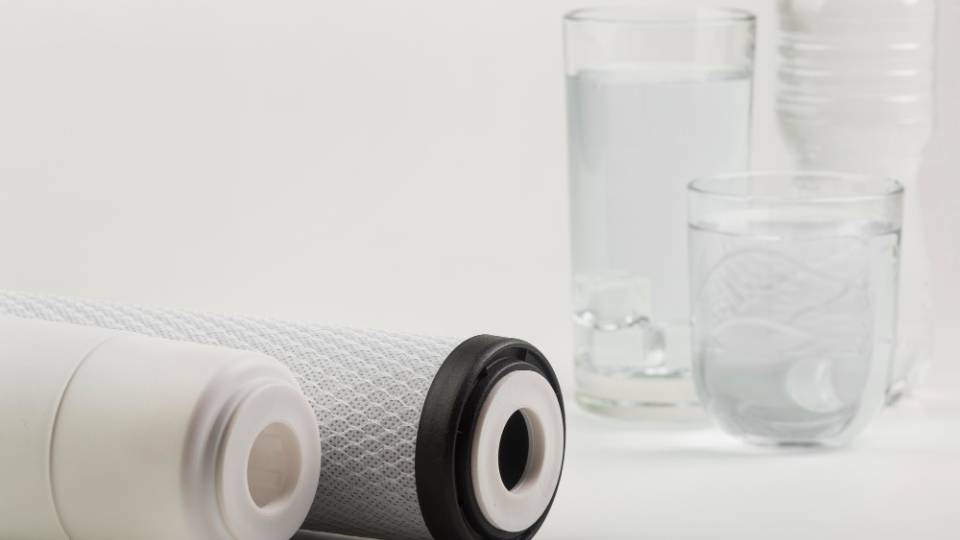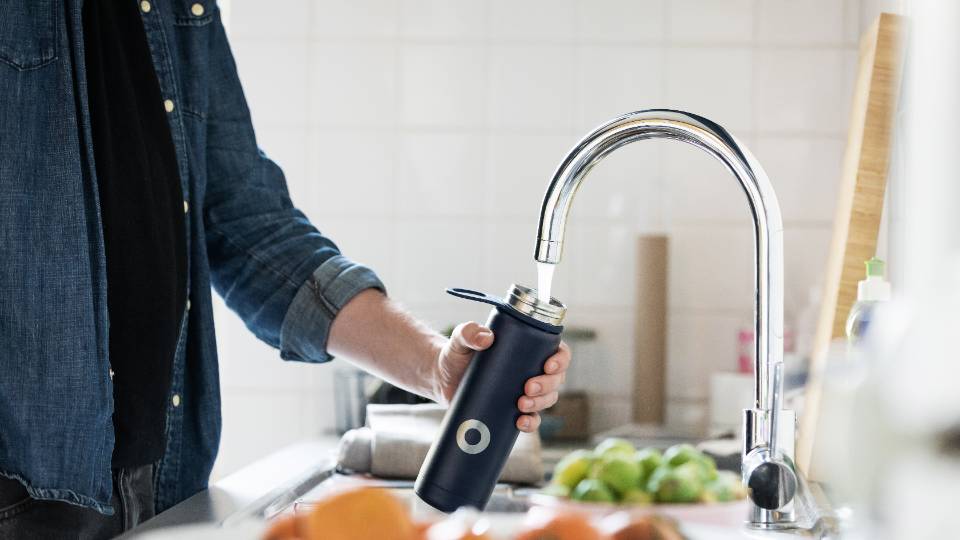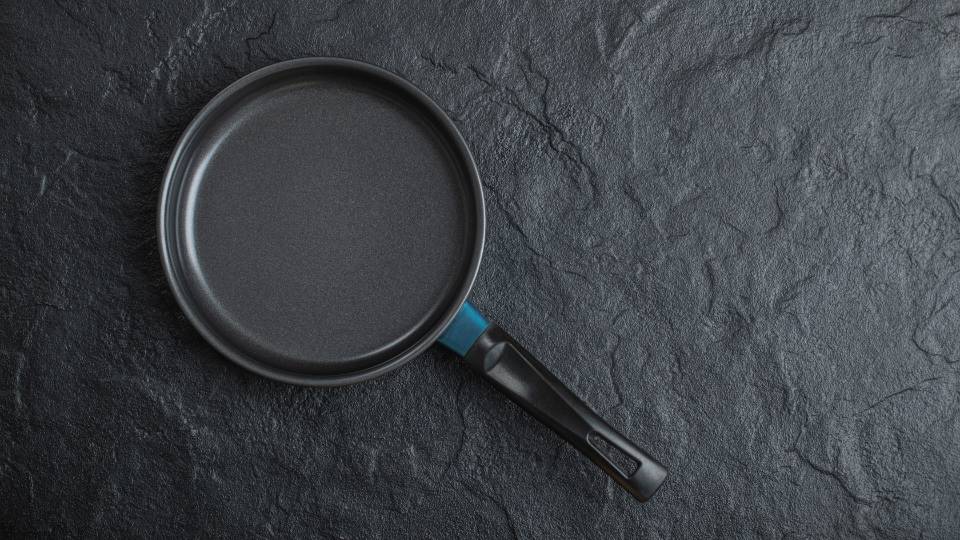Does My Drinking Water Need Testing?

If you are on a public drinking system, The Clean Water Act requires your water provider to test your water every year. The results of the testing are disclosed in an annual Consumer Confidence Report, making individual testing unnecessary in most cases. If you get your water from a private well, you are responsible for ensuring the quality of your water. Private well water quality can be achieved through annual testing. Owners should test their well water more often if a source of potential well contamination has been identified, their well was built before current construction codes, or if there is an outhouse within 100 feet of their well [4].
What Should I Test For?
Well owners should test annually for nitrates and coliform bacteria [2]. The results from these tests may indicate surface water is entering your well and further testing is required. The presence of nitrates can indicate contamination from fertilizer or landfills while coliform bacteria can indicate contamination from a septic system or livestock yard, which include other contaminants. Additionally, if you have experienced specific symptoms of illness, have old piping, water heater issues, or have noticed declining water quality in your home, more comprehensive testing may be helpful. The table below provides more specific guidelines [3].
| Conditions or Nearby Activities: | Test For: |
|---|---|
| Recurring gastro-intestinal illness | Coliform Bacteria |
| Household plumbing contains lead | pH, lead, copper |
| Radon in indoor air or region is radon rich | Radon |
| Corrosion of pipes or plumbing | Corrosion, pH, lead |
| Nearby intensive agriculture | Nitrate, pesticides, coliform bacteria |
| Nearby mining operations | Metals, pH, corrosion |
| Nearby gas drilling operations | Chloride, sodium, barium, strontium |
| Nearby landfill, factory, gas station, or dry-cleaning operation | Volatile organic compounds (VOCs), total dissolved solids (TDS), pH, sulfate, chloride, metals |
| Odor of gasoline or fuel oil | Volatile organic compounds (VOCs) |
| Objectionable taste or smell | Hydrogen sulfide, corrosion, metals |
| Stained plumbing fixtures or laundry | Iron, copper, manganese |
| Salty taste with nearby salted roadway or seawater | Chloride, total dissolved solids (TDS), sodium |
| Scaly residues | Hardness |
| Rapid wear of water treatment equipment | pH, corrosion |
| Needed water softener | Manganese, iron |
| Cloudy, frothy, or colored water | Detergents |
How Should I Test my Drinking Water?
There are two main options for testing your water- using an at-home kit or collecting a sample and sending it for testing at a professional lab. While at-home kits are inexpensive and can be purchased at any hardware store, their results are subjective and don’t give you an in-depth view of the contaminants in your water. Professional lab testing can be completed by contacting a local lab and following their directions for collection, or by ordering a send-away kit from a reputed company.
How Do I Collect a Sample?
Contact a lab near you that is certified for type of testing needed.
Use the container provided by the lab or a similar sterile container to collect the sample.
Store the sample carefully according to the instructions received from the lab.
Promptly deliver the water samples to the lab.
Interpreting Results
When you receive your results, compare them with the EPA’s National Primary Drinking Water Regulations. These regulations have been developed for public drinking water systems in order to protect public health. If your water contains contaminants in excess of the established maximum contaminant level, do not drink the water! Learn about the risks of specific contaminants and research treatment options. Use the testing interpretation tool to understand more about what your results mean.
References
[1] Davis County Health Department. Environmental Health Department. www.daviscountyutah.gov/health/environmental-health-division/services/environmental-health-laboratory-new[2] Massie, L., & Messner, N. (2012). How to protect your well water. Utah State University Extension.
[3] Scherer, T., & Johnson, R. (2022, February). What’s wrong with my water? Choosing the right test. North Dakota State University Extension. www.ag.ndsu.edu
[4] Utah Admin. Code R317-560-2
Authors
Erin Rivers, Water Quality Extension Specialist; Abby Barton, Intern
Related Research







